The Annapurna Circuit Trekking spans 17 days, guiding travelers through varied landscapes and rich cultures in Nepal’s stunning Annapurna region. From the verdant Marsyangdi Valley to the towering Thorung La Pass, trekkers encounter breathtaking vistas and local traditions. Each day unfolds new challenges and experiences, with accommodations that provide a glimpse into the lives of the locals. As adventurers prepare for this unforgettable journey, they might wonder about the essential preparations needed for such an endeavor, especially regarding health and acclimatization, which are crucial for a successful trek.
Good To Know
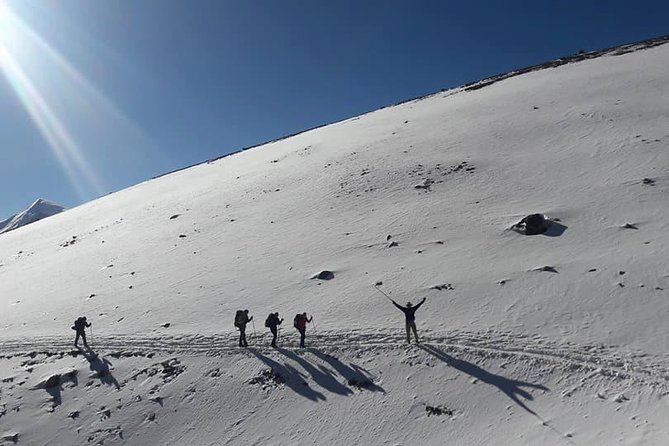
- The Annapurna Circuit Trek lasts 17 days, starting with a scenic drive to Marsyangdi Valley and ending with a return to Kathmandu.
- Key locations along the trek include Bhulbule, Tal, Manang, and the challenging ascent to Thorung La Pass.
- The trek includes 13 nights of accommodation in local lodges, with all meals provided throughout the journey.
- An experienced English-speaking Sherpa guide is included to enhance the trekking experience and provide cultural insights.
- Strong physical fitness is required due to challenging terrain, and proper acclimatization is essential for a successful trek.
Trek Overview and Itinerary

The Annapurna Circuit Trekking is an iconic adventure that spans 17 days, offering trekkers a chance to experience the breathtaking beauty of the Himalayas.
It begins with a scenic drive to Marsyangdi Valley, where hikers traverse terraced farms and vibrant villages. The trail meanders through the valley, leading to the north side of the Annapurna Massif, surrounded by towering peaks.
A challenging ascent to Thorung La Pass, the trek’s highest point, reveals the stunning Tibetan plateau.
With a detailed itinerary, trekkers journey from Kathmandu to various picturesque locations, including Bhulbule, Manang, and Tal, each day presenting new challenges and awe-inspiring views.
This trek promises an unforgettable experience for adventurers seeking natural beauty and culture.
You can also read our reviews of more tours and experiences in Kathmandu.
Inclusions and Costs
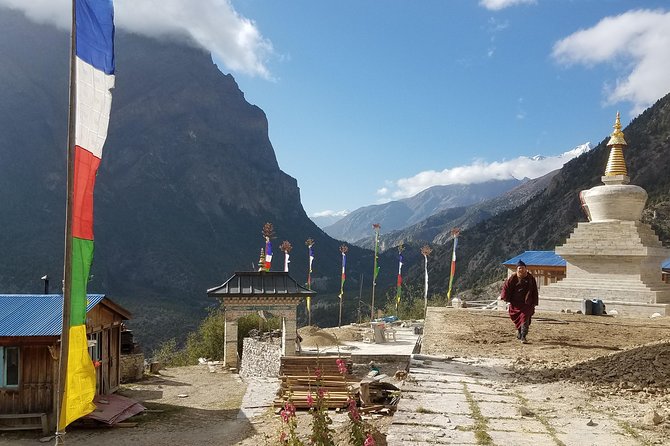
Trekking the Annapurna Circuit comes with a range of inclusions designed to enhance the experience while keeping costs manageable. Travelers can expect accommodations in local lodges for 13 nights, complete with meals. An experienced English-speaking Sherpa guide ensures a smooth journey, and porter service is available upon request.
Here’s a quick overview of costs:
| Inclusions | Estimated Costs |
|---|---|
| Accommodation (13 nights) | Included |
| Meals (Breakfast, Lunch, Dinner) | Included |
| Sherpa Guide | Included |
| Personal Travel Insurance | Required |
| Nepal Entry Visa Fee | Required |
| Lunch/Dinner in Cities | $10 – $14 per meal |
| Starting Price | $1,400.00 |
These inclusions provide a well-rounded trekking experience in the Annapurna region.
Meeting and Pickup Information
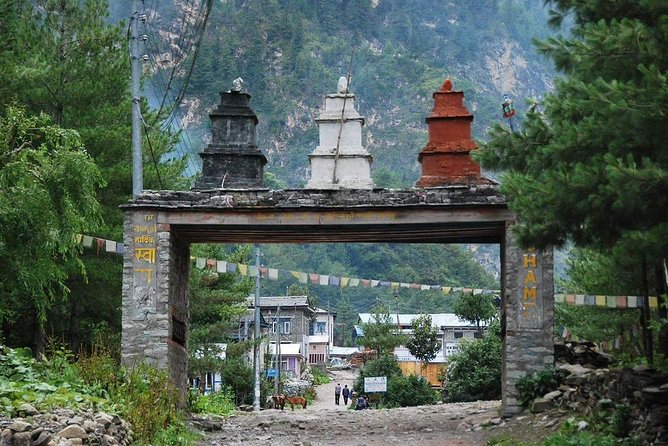
Smooth logistics play a crucial role in ensuring a hassle-free experience for trekkers embarking on the Annapurna Circuit.
The meeting point is conveniently located in Thamel, Kathmandu, 44600, Nepal. Guests can either head directly to this spot or request a pickup, making it easy to start the adventure.
The trek officially begins with a brief orientation, so participants should confirm the start time with the local provider in advance.
After completing the trek, everyone returns to the same meeting point, wrapping up the journey seamlessly.
The local provider operates Monday to Friday and Sunday from 09:15 AM to 05:15 PM, ensuring trekkers have ample opportunity to prepare for their unforgettable experience in the Himalayas.
Health and Accessibility
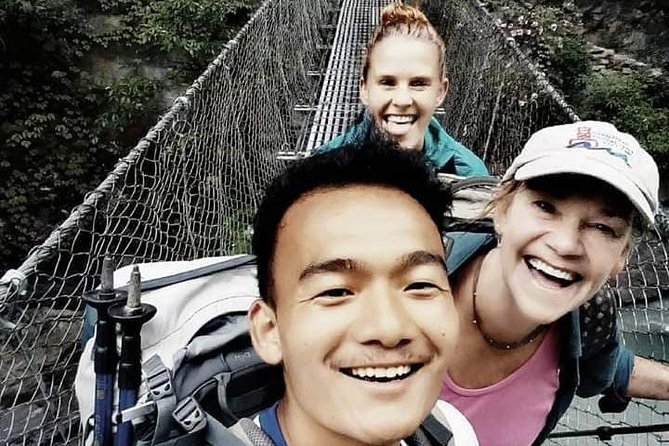
Embarking on the Annapurna Circuit requires careful consideration of health and accessibility factors. This trek demands a strong physical fitness level, as the terrain can be challenging.
Plus, it’s essential to note the following guidelines:
-
Not suitable for individuals with serious medical conditions: Heart problems or other major health issues can pose risks.
-
Pregnant travelers should avoid the trek: The physical demands may not be safe for expectant mothers.
-
Wheelchair accessibility: The route isn’t designed for wheelchair users, making it inaccessible for those needing mobility assistance.
Trekking the Annapurna Circuit offers breathtaking views, but participants must prioritize their health and ensure they’re adequately prepared for the journey ahead.
Daily Trekking Schedule
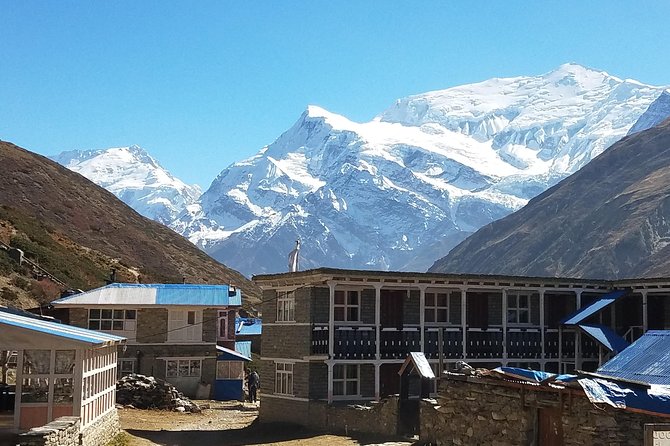
The daily trekking schedule for the Annapurna Circuit is carefully crafted to guide adventurers through stunning landscapes and diverse terrain.
Starting on Day 1, trekkers arrive in Kathmandu, acclimatizing to the altitude. The following days include a scenic drive to Besisahar, followed by treks to Bhulbule and Ghermu Phant, each day covering 7 to 15 kilometers.
As they progress, the trek becomes more challenging, with longer distances and higher altitudes, culminating in a tough ascent to Thorung La Pass.
Key stops include Tal, Timang, Pisang, and Manang, with each day dedicated to exploration and immersion in local culture.
This well-paced schedule ensures trekkers experience the beauty of the Annapurna region while building stamina for the journey ahead.
Acclimatization Importance
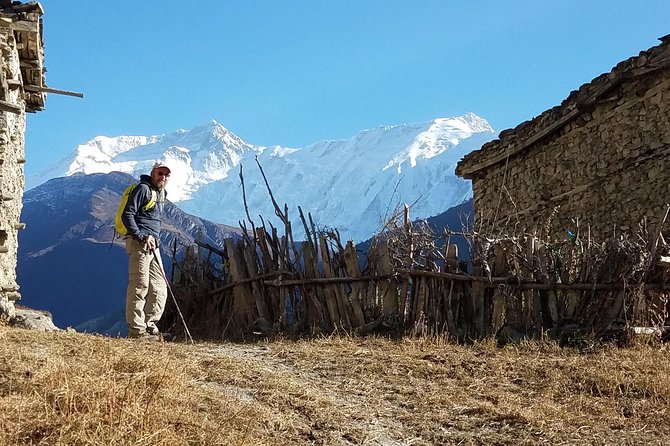
Acclimatization plays a crucial role in ensuring trekkers can safely navigate the challenges of high-altitude trekking, like the Annapurna Circuit.
Trekkers experience lower oxygen levels as they ascend, making it essential to allow their bodies to adjust. Proper acclimatization can help prevent altitude sickness and enhance overall trekking enjoyment.
Here are three key aspects of acclimatization:
-
Gradual Ascent: Trekking at a steady pace helps the body adapt without overwhelming it.
-
Rest Days: Incorporating rest days, such as the acclimatization day in Manang, allows trekkers to recover and adjust.
-
Hydration and Nutrition: Staying well-hydrated and eating nutritious meals supports the body’s acclimatization process.
Reviews and Customer Feedback
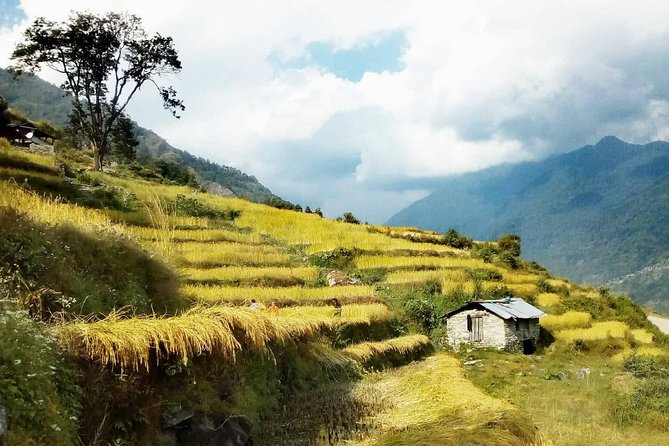
Positive experiences from trekkers highlight the exceptional quality of the Annapurna Circuit Trekking.
With an impressive overall rating of 5.0 based on four reviews, participants rave about the impeccable organization and breathtaking scenery. One hiker shared, "Great organization, beautiful trip!" while another noted, "Our guide was always helpful."
Trekkers frequently mention the knowledgeable guides, who enhance the journey with their expertise. The reviews underscore a sense of adventure, with one guest calling it a "magnificent trip of a lifetime!"
These testimonials not only reflect the satisfaction of past trekkers but also motivate local businesses, instilling trust in future guests.
Essential Packing List
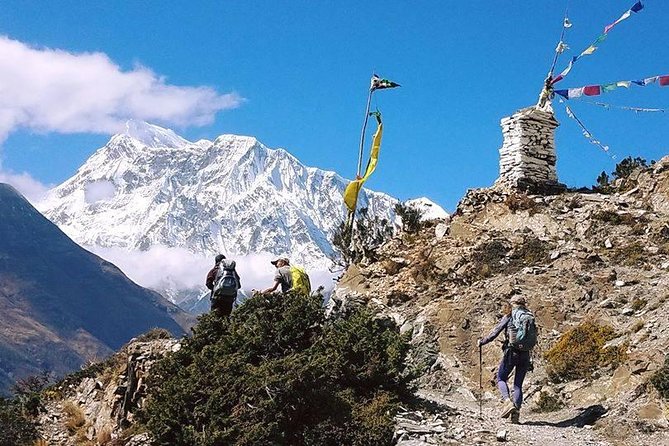
For trekkers embarking on the Annapurna Circuit, having the right gear can significantly enhance their experience.
A well-thought-out packing list ensures comfort and safety throughout the journey. Here are three essential items every trekker should pack:
-
Layered Clothing: Dress in moisture-wicking base layers, insulating mid-layers, and a waterproof outer layer to adapt to varying temperatures.
-
Durable Footwear: Invest in high-quality trekking boots with good ankle support and a solid grip for rocky trails.
-
Hydration System: A reliable water bottle or hydration reservoir is crucial for staying hydrated at high altitudes.
Packing these essentials not only prepares trekkers for the challenge ahead but also allows them to fully enjoy the stunning Annapurna landscapes.
Frequently Asked Questions
What Is the Best Time to Trek the Annapurna Circuit?
The best time to trek is during spring (March to May) and autumn (September to November). During these seasons, trekkers enjoy stable weather, clear views, and vibrant landscapes, making the experience truly unforgettable.
How Difficult Is the Annapurna Circuit Trek?
The Annapurna Circuit trek’s difficulty varies; it demands strong physical fitness, endurance, and acclimatization. Hikers face challenging ascents, altitude changes, and unpredictable weather, making preparation essential for a successful and enjoyable experience.
Are There ATMS Available Along the Trek?
While trekking, he won’t find ATMs readily available. Most trekkers must withdraw cash in Kathmandu or nearby towns before heading out. Local lodges typically accept cash, so planning ahead is essential for expenses.
Can I Find Vegetarian or Vegan Food During the Trek?
He can definitely find vegetarian and vegan food along the trek. Local lodges typically offer a variety of meals, accommodating dietary preferences, ensuring a satisfying culinary experience amidst the stunning Himalayan landscape.
What Should I Do in Case of Altitude Sickness?
In case of altitude sickness, he should descend to a lower elevation, stay hydrated, and rest. Seeking medical attention is crucial if symptoms persist, as timely action can prevent serious complications and ensure safety.
The Sum Up
The Annapurna Circuit Trekking adventure promises an extraordinary experience, blending stunning landscapes with rich cultural encounters. Over 17 days, trekkers not only challenge themselves physically but also create lasting memories amidst the Himalayas. With careful planning, proper acclimatization, and a spirit of adventure, this trek is accessible to many. As they reach the majestic Thorung La Pass, participants are sure to leave with a deeper appreciation for nature and the vibrant cultures of Nepal.
More Hiking & Trekking Tours in Kathmandu
More Tour Reviews in Kathmandu
Not for you? Here's more nearby things to do in Kathmandu we have reviewed
- From Lukla: Everest Base Camp (EBC) 10-Day Trek
- Kathmandu : Everest Mountain Flight – with Private Transfers
- Full Day : Kathmandu Sightseeing By Bus Day Trip
- Kathmandu: 7 UNESCO World Heritage Sites Day Tour
- Kathmandu: 8-Day Langtang Valley Trek with Transfers
- Thamel Rickshaw Tour
- Everest View Motorbike Tour- 6 Days
- Kathmandu: Top 4 UNESCO Sites Private/Group Tour with Lunch
- From Oceans to Mountains-9 Days (Nepal Guided Tour)
- From Kathmandu: Everest Base Camp Helicopter Tour landings
- Kathmandu: Food and Drink Walking Tour
- Life and spirituality tour of Kathmandu
